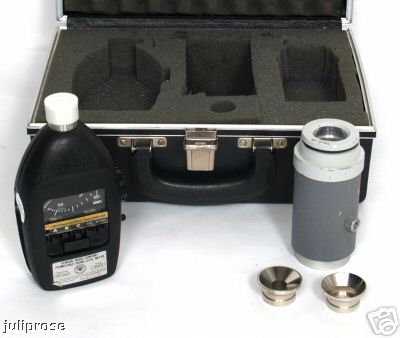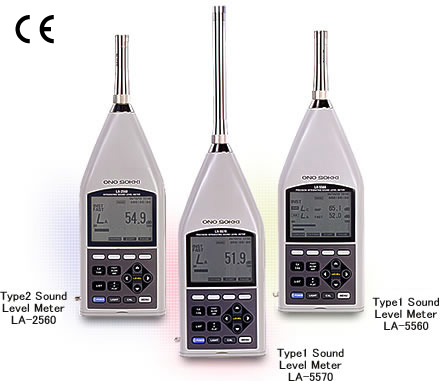
Bob Simonson, Program Leader |
||

San Dimas Technology
& Development Center
444 E Bonita Ave
San Dimas, CA 91773
(909) 599-1267
REY FARVE, Project Leader
|
Tests and Observations of Sound meters used by US Fish & Wildlife Service and Forest Service, Region 6 The author evaluated and tested a few sound meters that are being used by biologists in the Pacific Northwest. Below is a list of the meters evaluated and the owner of the meter. Each meter was evaluated against the list of "Requirements and Desirable Qualities of Sound Level Meters", section 3. Absolute calibration was checked at 1000 Hz and 250 Hz, using calibrators that were calibrated traceable to NIST (National Institute of Standards and Technology) standards. Frequency response was checked against a Precision Amplifier and filtering set, using a calibrated oscillator for an input. All Calibration instruments are traceable to NIST. |
|||||||||||||||||||||||
CEL. Two versions were presented for testing: a model 231 belonging to the Wenachee River Ranger District and a model 254 belonging to the US Fish and Wildlife Service. These instruments both appear to be high quality, well-designed and well-manufactured, and the test results bear that out. The instrument, calibrator, and an appropriately large wind screen come in a well-designed and well-padded carrying case. As Type 2 instruments, both are satisfactory, but the model 231 is preferred because of simplicity of operation. Absolute calibration and frequency response for the meters is well within Type 2 specifications. The instruments also come with a model 282 calibrator which tested well within the Type 2 specifications. The instructions (which were absent from the model 231 meter, as was the wind screen.) were clear and easily understood. The absolute accuracy of the CEL Type 254 was found to be within 0.6 decibels, and the 231 within 0.5 decibels, of the laboratory calibration standard. The calibrators were both within less than ½ decibel of their stated 114 db calibration level. An advantage of the CEL over some other Type 2 meters is that it comes with a standard ½ inch microphone and so standard calibrator couplers may be used for calibration. The microphone is, however, not detachable, therefore electronic calibration of the meter itself for best accuracy of the frequency response is not easily available.
Gen Rad 1565 B. This meter was presented without a calibrator. When powered up, it was unfortunately found to be non-functional. The needle went to full deflection without any sound level input. This is indicative of what is probably a damaged microphone. The microphone being the most expensive part of a sound level meter, it is unlikely that this meter is economically repairable. However, it could be repaired even though General Radio has been out of the sound level meter business for several years. A company called IET still services General Radio equipment, but, repair prices are quite expensive.
EXTECH 407730. Although the manufacturer does not claim that it meets any published standard, testing established that it is remarkably close to meeting Type 2 standards. No calibrator accompanies the meter, however in the 90 db range the calibration is fairly close on both A and C. At higher levels, 124 db, it somewhat underestimates the levels on the A scale. The meter's response is more or less linear within +/- 1.5 dB in the 50 - 90 dB range. The frequency response, as measured in a free field experiment, tracks the standard sound level meter/microphone within 2 dB for the range of 80 – 3200 hertz. (Higher frequencies could not be tested because the microphone is not detachable nor can the cover be removed so that it cannot be calibrated using standard methods.) Note that Extech does sell a Type 2 meter, the model 407738.
Ono Sokki, Model LA5111. This is a superbly accurate, top level research instrument, with many more functions that are required for measuring sound level. It is accompanied by the nicest calibrator that the author has ever seen. This calibrator provides an exact calibration signal at 74, 94 and 114 dB. The calibrator and meter conformed exactly to the standard for Type 1 meters throughout their ranges. The microphone is a direct copy of the highly-regarded Brüel & Kjær (B&K) condenser microphone, the “gold standard” of measurement microphones. The instrument is presented in a rugged, well-packaged carrying case with an excellent instruction manual. In short, this a high-quality research instrument certainly capable of providing accurate results in expert hands, but far too complicated (and expensive!) for the routine sound level monitoring in the field.
Summary. Of the five meters presented, only the CEL 231 can be highly recommended. The CEL 254 is entirely satisfactory from an accuracy and ruggedness point of view, but is probably overkill for routine field usage. The Ono Sokki is a magnificent instrument, but far too complicated for the occasional user. Acoustical field work is inevitably trying; the possibility of obtaining misleading results because of a maladjusted switch or knob is all too real. The Extech, though adequately accurate for survey work, meets no standards and does not include a calibrator, so it is not recommended.The Gen Rad could not be tested. The author’s experience is that this is, or at least was, an excellent instrument, but the manufacturer has been out of business for many years. It is probably not worth the expense of repairing this instrument.
|
||||||||||||||||||||||||





